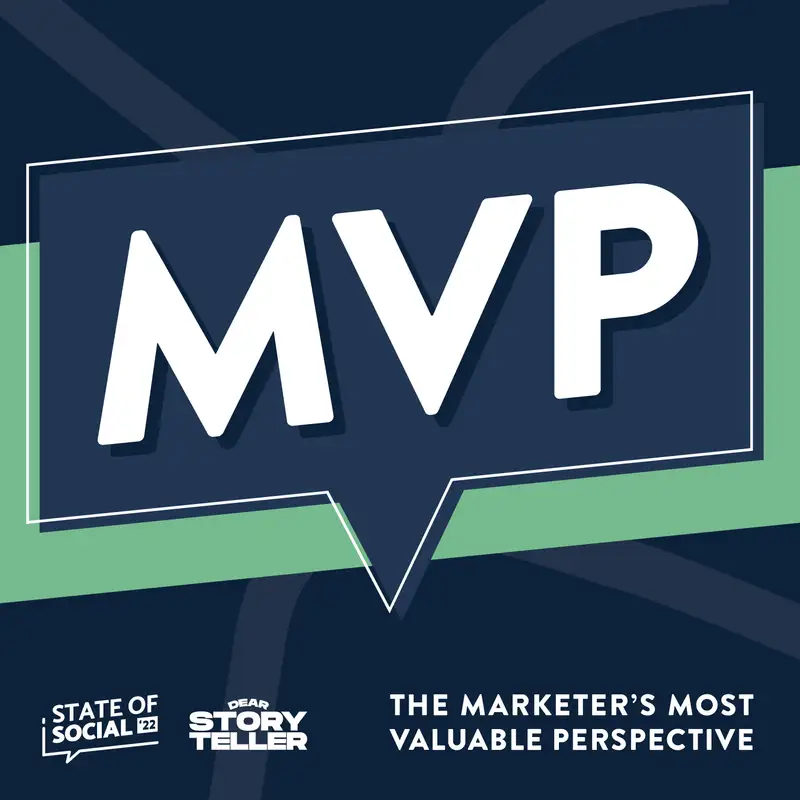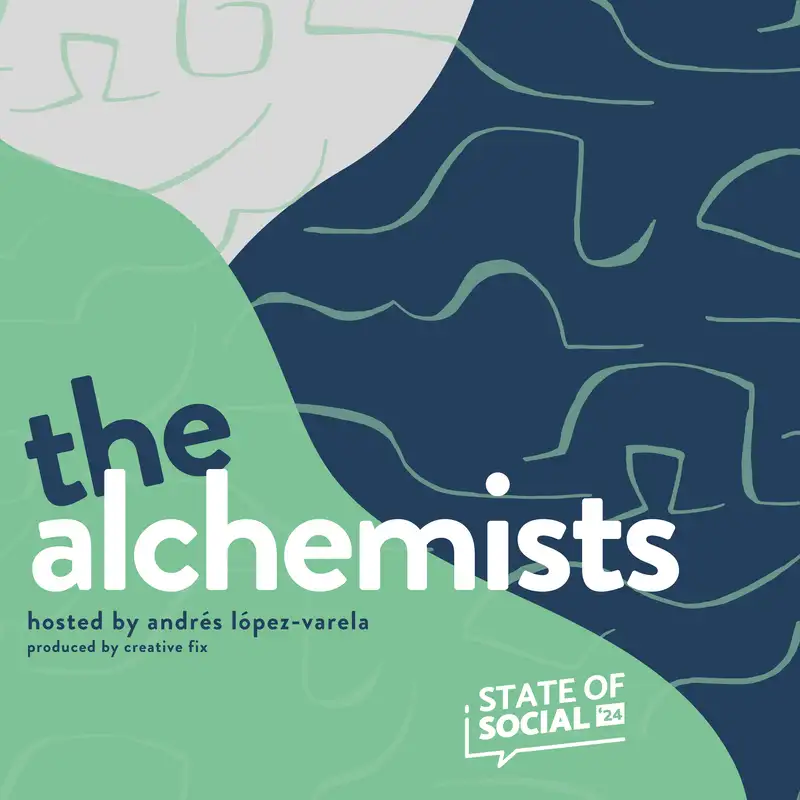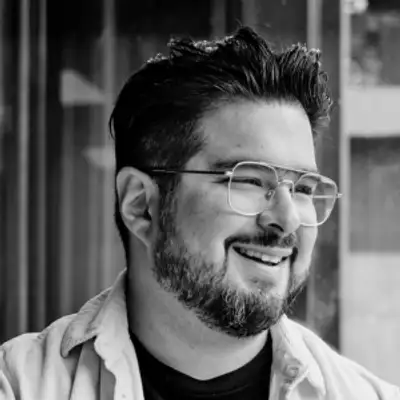Dig deeper with our official State of Social podcasts
Three limited-series podcasts. Two powerhouse hosts. Endless ideas worth stealing.
Three limited-series podcasts. Two powerhouse hosts. Endless ideas worth stealing.
Whether you're chasing practical tips or big-picture inspiration, this is where the good stuff lives.




